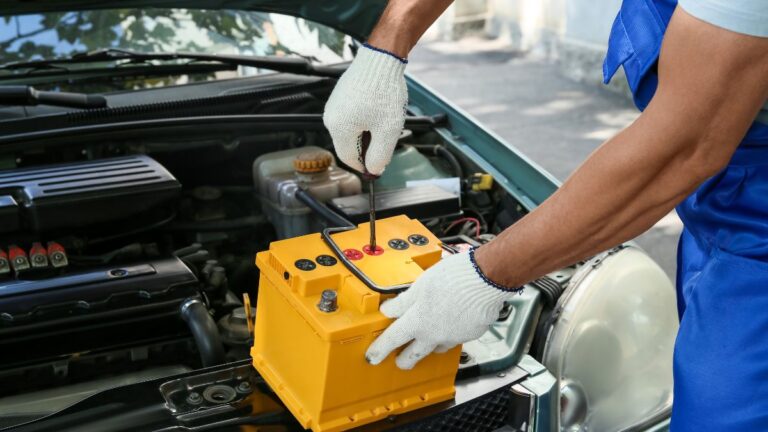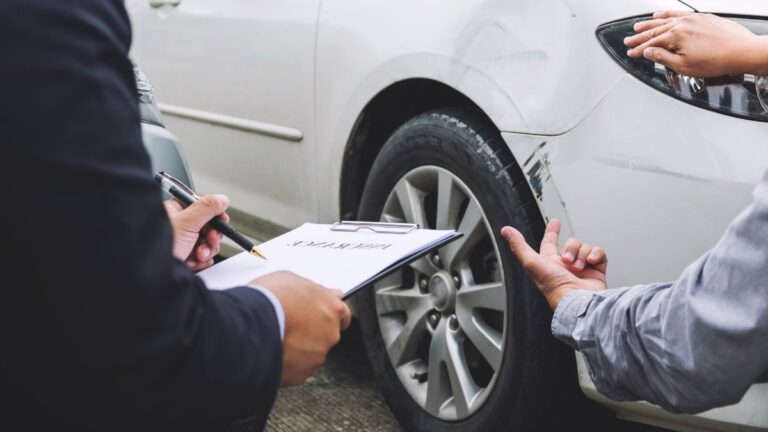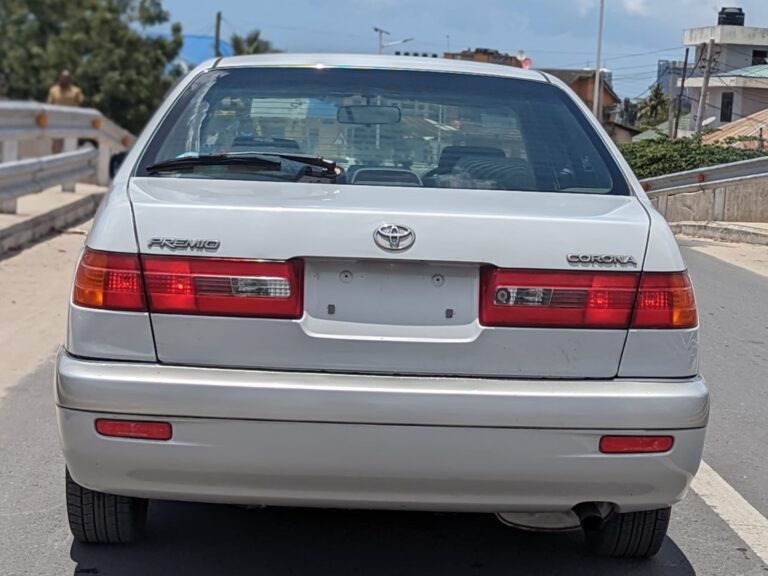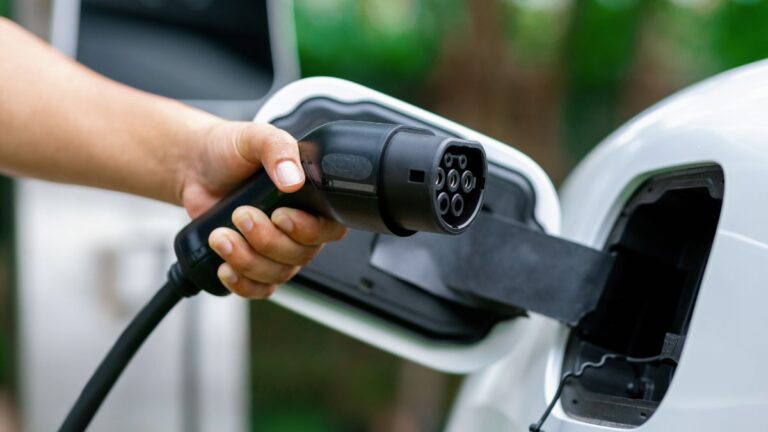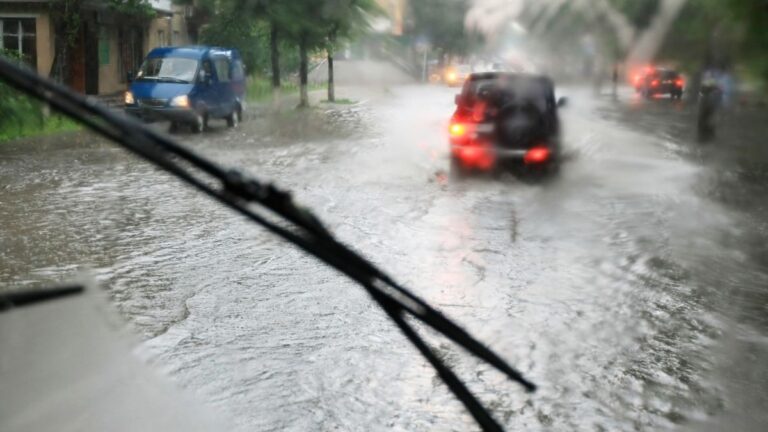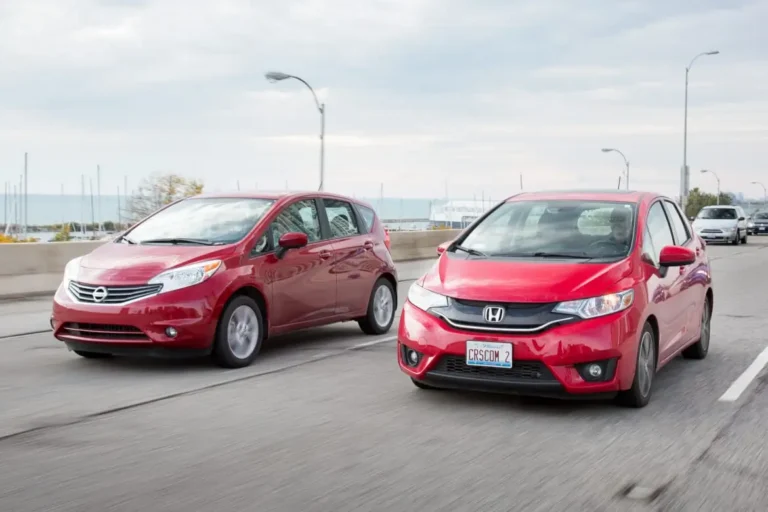In Kenya, owning a car isn’t just about convenience — it’s a serious investment. From navigating Nairobi traffic to road trips across the Rift Valley, your vehicle works hard. But here’s the thing: many Kenyan drivers unknowingly kill their cars through bad maintenance habits.
Think about it — would you go months without checking your health? Probably not. Yet, that’s exactly what many car owners do with their vehicles.
To help you get more life, safety and value out of your car, here are the top 5 car maintenance mistakes drivers in Kenya make — and how to avoid them.
1. Ignoring Dashboard Warning Lights
Why It’s a Silent Killer
Ever seen a flashing oil can or battery symbol on your dashboard and thought, “It’s probably nothing”? That light is your car’s way of saying “Help me!”
Warning lights to never ignore:
- Check Engine Light — Engine failure
- Battery Light — Charging system issue
- Oil Pressure Light — Engine lubrication problem
What to Do Instead:
- Don’t wait it out. Pull over if the light is red or flashing.
- Consult your owner’s manual to find out what’s wrong.
- Visit a qualified mechanic as soon as possible — don’t wait for things to get worse.
Pro Tip: Some garages in Kenya now offer free diagnostic scans — take advantage.
2. Skipping or Delaying Oil Changes
Why It’s a Fast Track to Engine Trouble
Engine oil is your car’s lifeblood. It lubricates, cools and cleans the engine. But over time it gets dirty and less effective.
What Most Drivers Get Wrong:
- Waiting too long between oil changes.
- Using cheap, low-grade oil that’s not for your engine.
- Topping up instead of fully changing the oil and filter.
How to Get It Right:
- Change your oil every 5,000 to 10,000 km (or what your car’s manual recommends).
- Use the right oil grade — check the manual or ask a trusted mechanic.
- Never skip the oil filter change during an oil service.
Bonus Tip: In Kenya’s dusty roads, changing oil more often could save you thousands in future repairs.
3. Tyre Health and Pressure
Why It’s a Road Hazard
Bad tyres can kill. Literally. Many accidents on Kenyan roads are caused by bald tyres, under-inflation, or tyre bursts.
Warning signs to watch:
- Cracked rubber
- Uneven tread wear
- Vibration or noise while driving
Best practices:
- Check tyre pressure every month. Don’t forget the spare.
- Rotate tyres every 10,000 km to ensure even wear.
- Replace tyres when tread depth is below 1.6mm (or earlier during rainy seasons).
Money-saving Tip: Good tyres save fuel, improve handling and reduce the risk of costly accidents.
4. Forgetting Your Car Battery
Why Most Drivers Get Stranded Unexpectedly
Your battery powers everything — from ignition to infotainment. Yet many Kenyan drivers only think about it when the car won’t start.
Common mistakes:
- Letting terminals corrode
- Using an old battery long past its prime
- Ignoring signs like slow cranking or dim lights
How to Stay Ahead:
- Test your battery every 6 months.
- Clean terminals regularly with baking soda or anti-corrosion spray.
- Replace your battery every 2–3 years, depending on usage and brand.
Pro Tip: If your battery keeps dying, it might be your alternator — have it checked.
5. Trusting Unqualified Mechanics or “Jua Kali” Fixes
Why Saving Today Can Cost You Tomorrow
It’s easy to go with the cheapest fundi at the corner garage — or take advice from online car groups. But not all mechanics are created equal.
The Risks:
- Fake parts
- Misdiagnosis of issues
- Poor workmanship that can make problems worse
What to Do Instead:
- Use reputable garages or manufacturer-approved service centres.
- Ask for receipts, parts warranties, and written quotes.
- Always get a second opinion before expensive repairs.
Real Talk: Paying a little more for expert service now can save you from spending thousands later.
Bonus Mistake: Skipping Routine Maintenance
Your car needs regular checkups just like you do. Don’t ignore things like:
- Brake inspections
- Coolant top-ups
- Transmission checks
- Spark plug replacement
- Timing belt changes
Even if your car “feels fine,” hidden problems can be building up. Stick to your service schedule — your future self (and wallet) will thank you.
Final Word: Smart Drivers Save More
In a country like Kenya where road conditions, fuel costs and car parts are all major concerns, smart car maintenance isn’t optional — it’s mandatory.
By avoiding these mistakes, you’ll get:
✅ Fewer breakdowns
✅ Better fuel efficiency
✅ Longer car life
✅ Higher resale value
So, are you guilty of any of these habits? If yes — don’t worry. Now you know better. Make these small changes today and your car will reward you for years to come.
